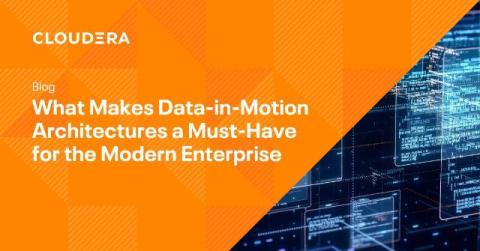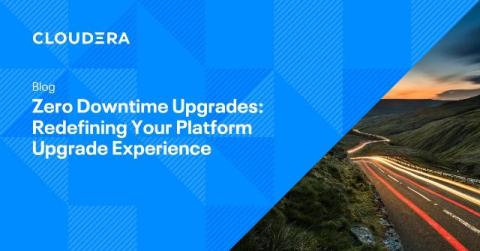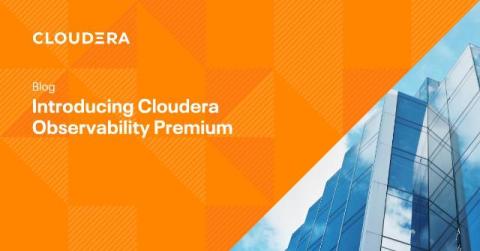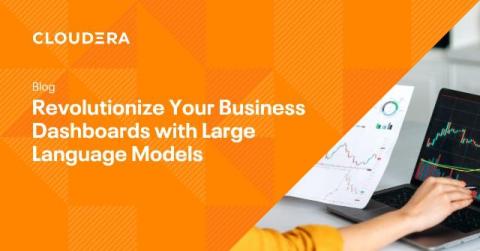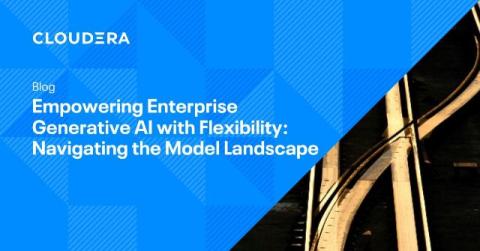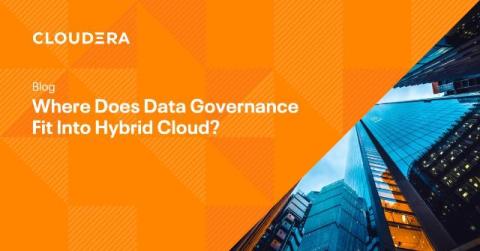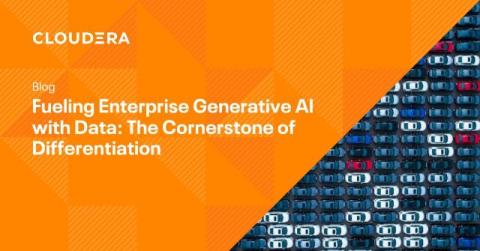What Makes Data-in-Motion Architectures a Must-Have for the Modern Enterprise
Cloudera’s data-in-motion architecture is a comprehensive set of scalable, modular, re-composable capabilities that help organizations deliver smart automation and real-time data products with maximum efficiency while remaining agile to meet changing business needs. In this blog, we will examine the “why” behind streaming data and review some high-level guidelines for how organizations should build their data-in-motion architecture of the future.


